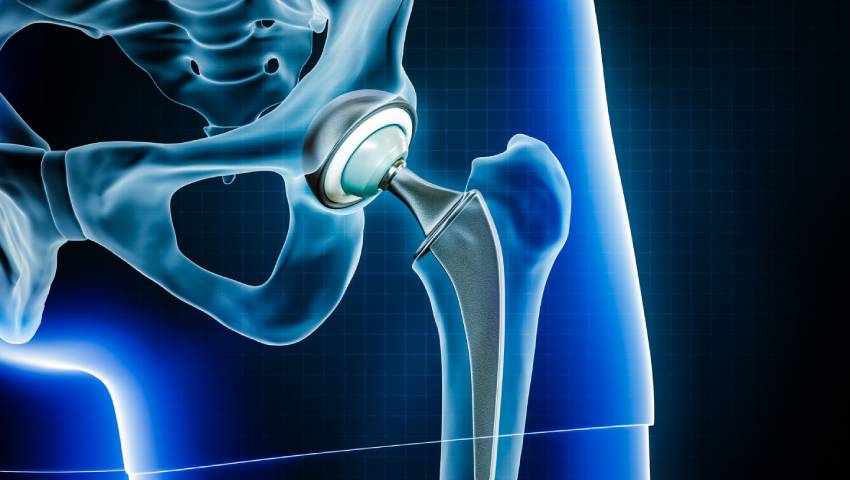
- 22/02/2024
- Dr. Ashwini Gaurav
- 0 Comments
- Hip Replacement
What is the life of a Hip Replacement Implant? What is Ceramic Hip Replacement?
Dr. Ashwini Gurav, the renowned orthopedic doctor in Patna, emphasizes the increasing trend of hip replacement surgeries among younger patients. Avascular Necrosis (AVN) stands out as the primary cause driving this trend, particularly prevalent among individuals aged 30 to 40.
There can be multiple causes of hip AVN, but, most frequent causes are excessive alcohol usage, smoking, steroid usage and post COVID status. The pain starts insidiously and then progresses to unbearable pain at rest, painful limp and activity and movement restriction. Many patients delay the surgery excessively leading to hip flexion deformities and shorth which are challenges in correction.
Now as the patients are young, everyone wants their implants to last for a lifetime, which may not be possible to predict. But we can choose implants that can last long.
Although life of the implants does not depend on a single factor, but one very important factor is the choice of bearing surfaces. Bearing surfaces are the material of the femoral head and the acetabulum cup liner that articulate or rub with each other.
Commonly in India, Femoral heads are made of Metal (cobalt chrome alloy) or Ceramic. And acetabular cup liners are made up of Polyethylene or Ceramics. Traditionally, metal femoral heads were used on polyethylene liners as the standard bearing surfaces called “Metal on Poly” Hip replacement and have lasted 90% at 20 years as they had a wear rate of 2000 micron/ year (UHMWPE) to 20 microns/ year (HXLPE). Wear rates means, how much the polyethylene liner is eroded due to the repeated rubbing of femoral head over it. It thins out the liner and eventually needs revision in long term.
Now, Ceramics are the latest addition in the armamentarium of bearing surfaces and have the least wear rates when used on the femoral head side. These are commonly paired with Poly liners and called “Ceramic on Poly” or when paired with Ceramic liners are called as “Ceramic on Ceramic” Hip Replacement. These “Ceramic on Poly” hip replacements have reduced the wear rate to half to 10 microns/ year and the “Ceramic on Ceramic” hip replacements to an amazing 1 micron/year.
Thus, the best bearing surfaces to choose in today’s times are “Ceramic femoral heads” in combination with a “Highly crossed linked polyethylene (HXLPE) liner” or a “Ceramic liner” on the acetabular cup side for the slowest wear rates and the longest performance.

